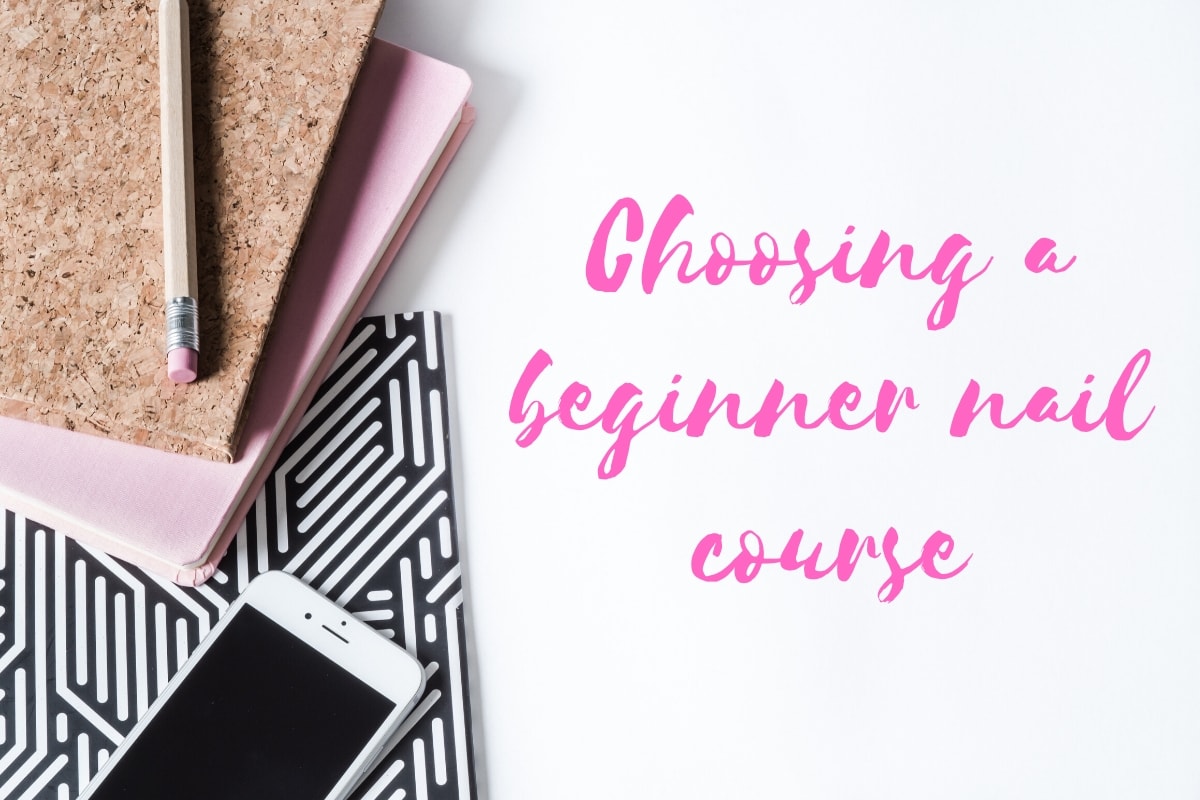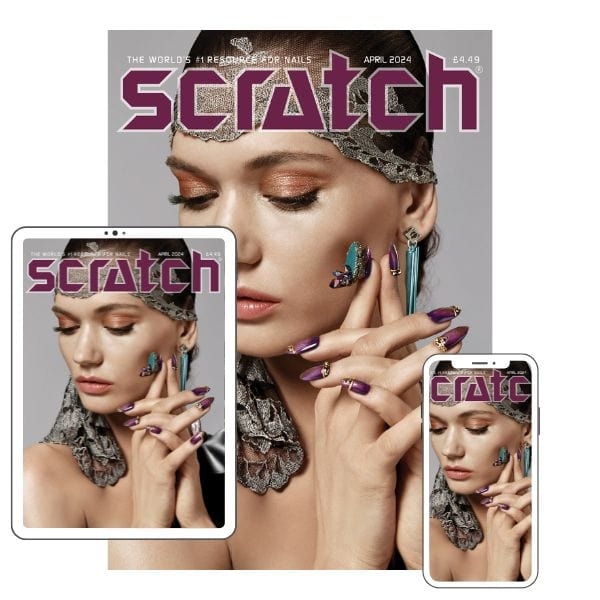How to choose the right beginner nail course for you
By Sophie Nutt | 24 January 2020 | Expert Advice, Feature

Navigating the first steps of your nail journey can be tricky due to the range of options presented to you. When researching training providers, there are a number of things to look out for: thorough teachings of nail anatomy, chemistry, hygiene and safety in the workplace, natural nail care and ongoing support.
A quality manicure and pedicure course is an ideal introduction to the nail industry, including the basics of theory and practical. “For someone that is new in their nail journey, starting with a manicure and pedicure course is vital,” says Liz Richards, European head of education for Cuccio. “Having that underpinning knowledge of the natural nail and the respect that we should show to it is crucial. Then, if you are unsure about what system to work with next, don’t be afraid to ask for advice from your educator on the pros and cons of each. Remember to not take too many courses at once so that you can master each skill as you go.”
Spend a considerate amount of time researching each course to ensure it overs the essential information and guarantees extensive on-going support throughout and after the course. “Manicure training should provide in-depth knowledge of nail anatomy, hygiene within the workplace and product knowledge – all of which is just a small amount of the information a technician requites,” says Stella Cox, Bio Sculpture Gel educator. “Experienced techs should also go back to basics often as brands update their information and, on occasion, standards can slip – so revamping your knowledge is a no-brainer.
“When deciding on an education provider, nail technicians need to look for support when booking the course and throughout the training, a high level of tuition, plenty of support materials and practical work, followed by an assessment.”
Although finding an accredited course is a good starting block, thoroughly researching the accrediting body itself is also necessary. “Don’t just look at the training centre itself, investigate the awarding body that it is accredited by,” says Carly Howarth, Sweet Squared education manager. “HABIA, for example, completes external verification visits and internal verification processes. This means each centre of expertise will be regularly and thoroughly checked.
“It’s also important to look for educators who are brand ambassadors and who are actively connected with brands they teach. Do they use the brands in their own business? Can they offer you the benefits of their business experience and help you with marketing techniques? They need to be able to provide the full service from teaching you how to perform a treatment to helping you make the most of what you’re learning to drive your business onto success.”
Accreditation
Accrediting bodies include ABT, HABIA and The Guild amongst others, and these organisations award accreditations to courses. Generally speaking, a training course that is accredited is deemed of a high enough quality to be educating nail professionals to a satisfactory standard.
Taking an accredited course means that a nail professional will subsequently be able to gain viable insurance, as accreditation is a requirement. This means that accreditation is absolutely vital when it comes to researching potential training courses and choosing the right one. It is a minimum requirement of a training programme. If ever in doubt, contact the training provider to double-check that the courses offered are accredited before booking.
Read Scratch ultimate guide to nail education in the January issue of the magazine!


